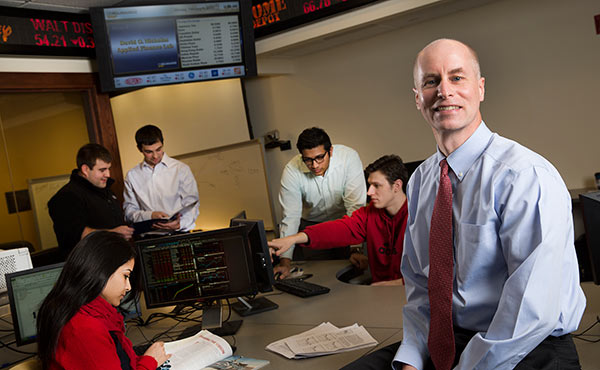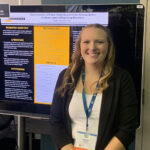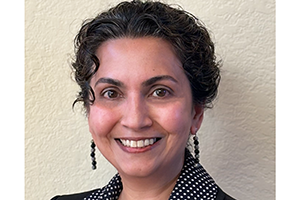
When senior finance major Mike McQuide was accepted into the Investment Management Certificate Program, he had plenty of drive and a 3.7 grade-point average.
The program turned out to be “more than I ever dreamed it would be,” says McQuide. “It wasn’t long before I realized how little I actually knew.”
Students in the specialty program are training for careers as investment analysts, financial analysts and investment advisers. Careers in investment management are among the highest-paid specialties in finance. Competition is the name of the game and the risks are real.
Thanks to three benefactors in the field, the program’s students are learning by investing actual money – a large sum of it. They manage three funds that total more than $300,000, which McQuide confesses is at first intimidating.
$300,000 is a lot of cash to put into the hands of novices, but the students have performed in line with their benchmarks.
“Many investment students don’t get to work with this amount of money,” says McQuide. “In fact, students in many programs like ours are running simulated models with hypothetical money. So we all take it very seriously.”
A jump-start
Paul Franke, a retired partner at William Blair, gave $100,000 to the students to begin their portfolios. David O. Nicholas of Nicholas Funds and Bill Nasgovitz of Heartland Funds followed suit, each donating $100,000. (Nicholas had earlier given a $2.5 million gift to build the Applied Finance Lab at the Sheldon B. Lubar School of Business and create an endowment.)
It’s a lot of cash to put into the hands of novices, but overall the students in the three-year-old program have performed in line with their benchmarks, says program director Kevin Spellman.
Nicholas says he is pleased with the direction in which the program is heading and with the caliber of students it attracts. Their management success, he adds, is not the most important metric for him.
“I wanted to continue my support by contributing to the amount the students had to manage. It was intended for the students to have a live learning experience, so the benefactors, myself included, knew what we were going into.”
Students will likely be dealing with greater pots of money soon after graduation, says Franke. His donation stemmed from his affection for his hometown and the UWM neighborhood where he grew up. “I hope that by supporting the program, the Lubar School not only can train students for investment careers, but also help support more employment in Milwaukee in the field.”
First-class coaching
That is one of the goals of Spellman, who once was the director of research for a $50 billion pension fund.
He sees himself as the bridge between academia and the professional world. A UW-Madison grad who was one of the people who directed that school’s Applied Security Analysis Program while he was earning his Ph.D., Spellman came to UWM for the chance to build a new program.
“I also view this as a great opportunity to help the business community in this area and beyond. So many investment professionals, faculty and staff contribute to make the IMCP the community’s program,” he says.
Franke, Nasgovitz and Nicholas are three of the program’s many supporters. Nine companies have donated professional-grade software. For example, FactSet is an investment analysis tool that may cost $25,000 per user. Every IMCP student has it. “Students use the same resources as professionals managing billions of dollars,” says Spellman.
The IMCP requires a year-and-a-half commitment that includes rigorous coursework, an internship and trips to New York and other cities to meet investment managers from some of the biggest names in the field, like UBS, Citigroup, Morgan Stanley, Bloomberg and Goldman Sachs.
Along the way, Spellman is honing the students’ interview skills, grooming them to master the highly competitive environment.
The program engenders loyalty because of the special treatment the students receive and the resources available to them, he says. One example is alumnus Joel Hoeffler, who graduated only a year ago but has already given the program a $500 gift.
In January, the program was accepted into the CFA (Chartered Financial Analyst) Institute University Recognition Program. The status is granted to institutions whose degree program incorporates at least 70% of the CFA Program Candidate Body of Knowledge (CBOK), which provides students with a solid grounding in the CBOK and positions them well to sit for the CFA exams.






